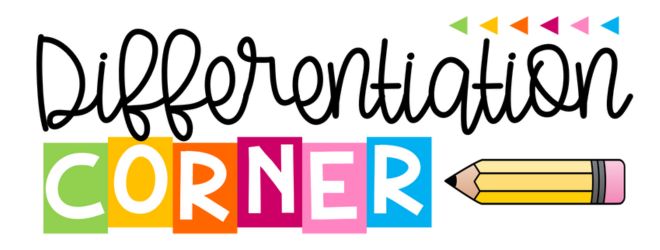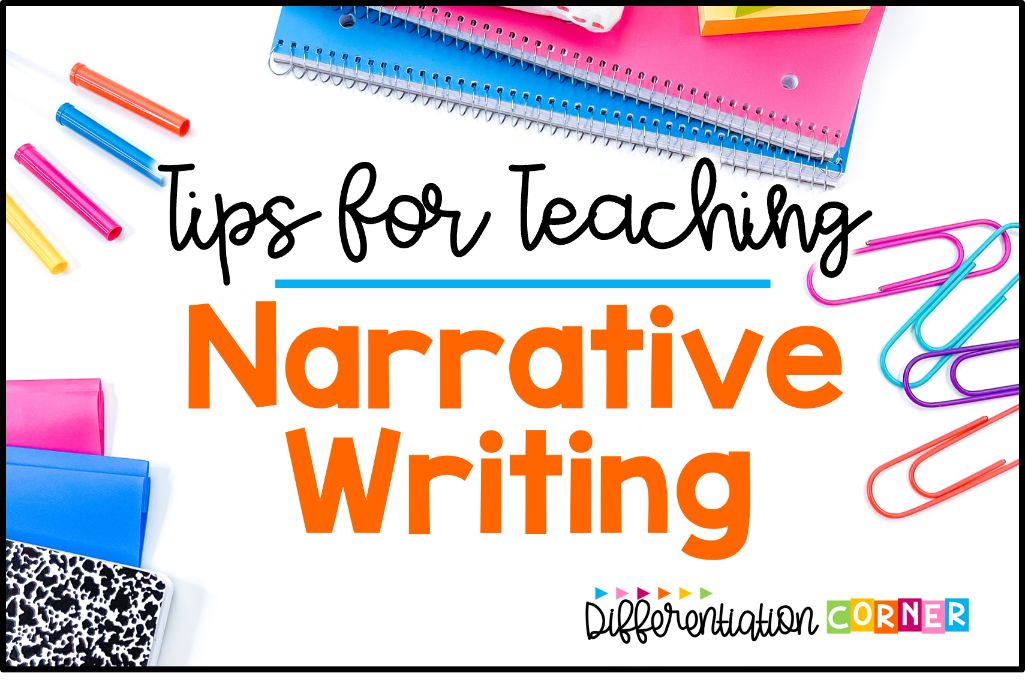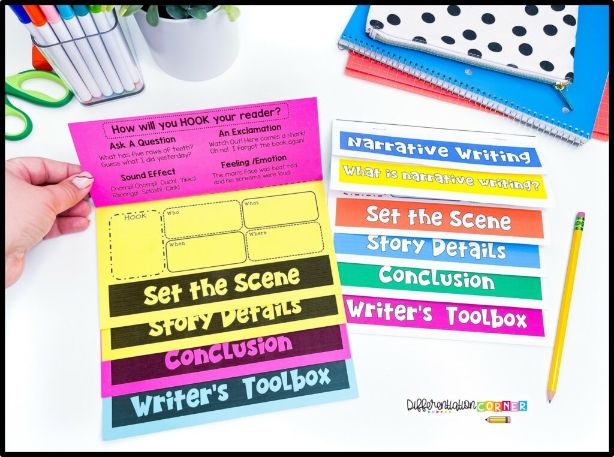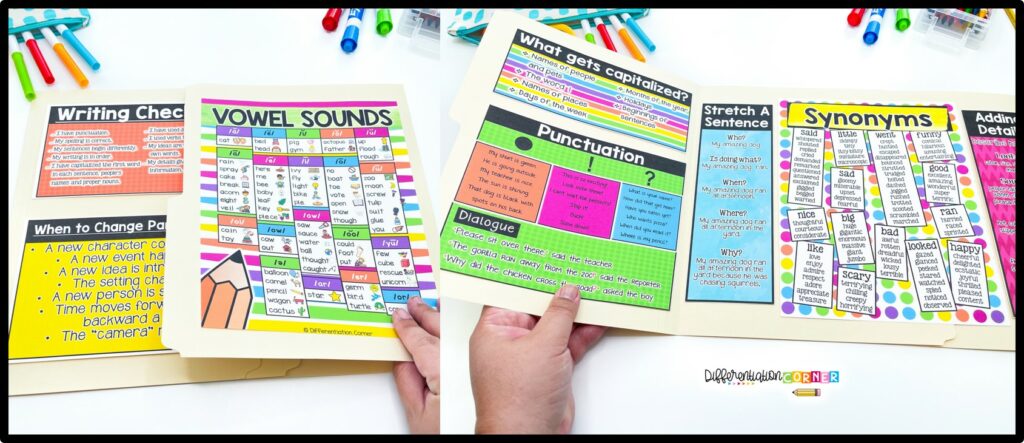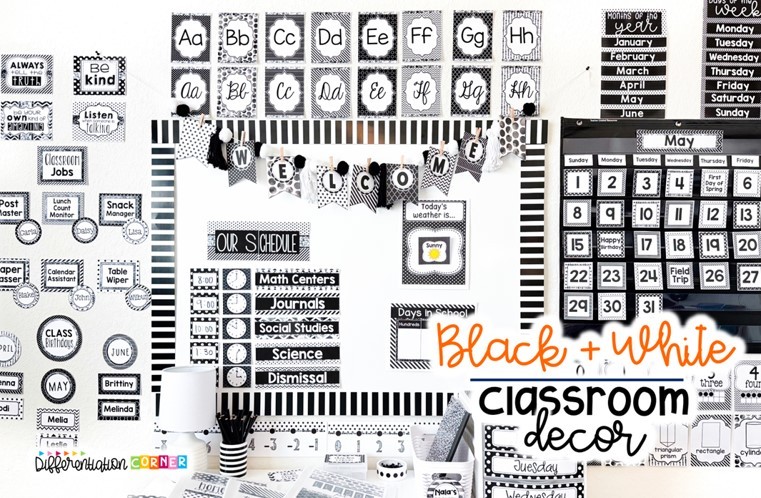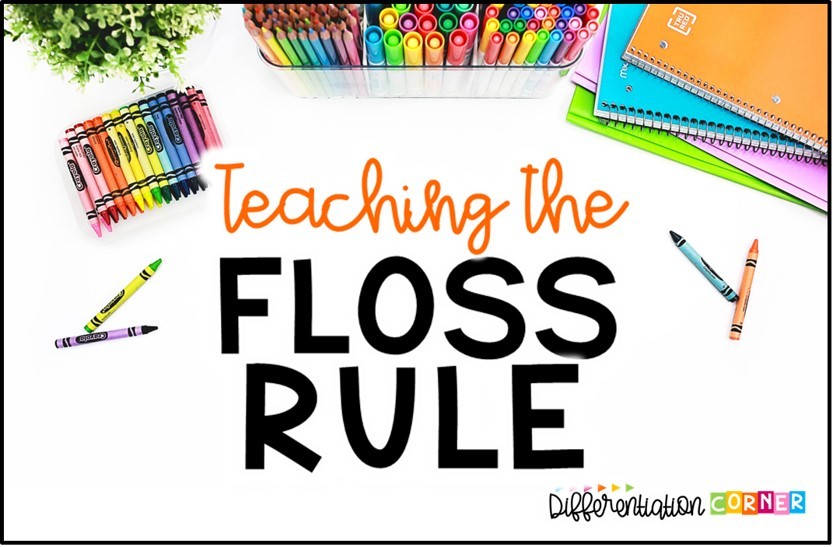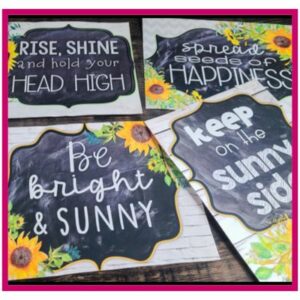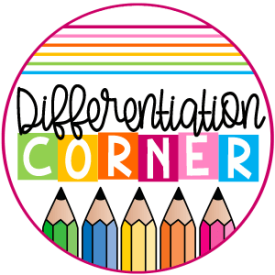Teaching writing can be overwhelming! Narrative writing is an important skill that can be difficult for upper elementary students to master. Storytelling comes naturally to some of our students, but some of our students find narrative writing and storytelling very difficult. But with the right strategies and a little creativity, you can help all of your students feel confident with narrative writing.
Here are 5 tips to consider when teaching narrative writing in upper elementary
Use mentor texts to model good writing
Using mentor texts to model good writing can be an effective way to teach narrative writing in upper elementary. Mentor texts are examples of well-written narratives that can serve as models for your students to follow as they work on their own writing.
Here are a few ways I have used mentor texts in my narrative writing lesson plans:
- Read and analyze mentor texts as a class. Start by picking out a few well-written narratives that are appropriate for your students’ reading levels and interests. Then, read the books aloud to your class and discuss the elements of good storytelling, such as character development, plot structure, dialogue, and descriptive language.
- Use mentor texts as writing prompts. This is my favorite way to use mentor texts for narrative writing! After reading and analyzing a mentor text, you can use it as a writing prompt for your students. For example, you could ask them to write their own story using a similar character or setting, or to incorporate a specific writing technique that was used in the mentor text. I ask my students to write another story for characters all the time. I give my struggling writers a story starter or two to choose from. Most students come up with their own stories for the character.
- Have students choose their own mentor texts. You can also encourage your students to find their own mentor texts to use as models for their own writing. Have them choose a text they enjoy and analyze it for elements of good storytelling. They can then use what they’ve learned to inspire their own writing. My students always get so excited when they find good character development or a good setting description. I encourage them to find any good elements of writing we’re working on and share with me. Then I decide when/if they can share with the class.
Using mentor texts in this way can help your students develop a deeper understanding of what makes a good narrative, and can give them ideas and inspiration to draw on for their own writing.
You can use books that students are already familiar with or that you’ve already read aloud recently. Or you can choose another book if you have time to read another book aloud.
Here are a few mentor texts that could be used to teach narrative writing to elementary students:
“Stella Tells Her Story” by Janiel Wagstaff This story goes through the entire writing process with a class and is perfect to introduce narrative writing in elementary.
“Fry Bread: A Native American Story” by Kevin Noble Maillard This book uses amazing descriptive language while telling the story of making delicious fry bread.
“Ricky, The Rock That Couldn’t Roll” by Jason I. Miletsky This book tells a great story of friendship and perseverance. I love using this book to showcase examples of great dialogue.
“Ralph Tells a Story” by Abby Hanlon This character just can’t think of anything to write! Just like my students! He eventually realizes that he DOES have stories worth telling. This is great for your reluctant writers.
“Jabari Jumps” by Gia Cornwall I love this relatable mentor text about a boy that overcomes his fear of jumping off the diving board at the public swimming pool.
“Roller Coaster” by Marla Frazee This story is great for teaching how to take a small moment from your life, stretching it out, and record the emotions that go with it.
These texts are all examples of well-written, engaging stories that can serve as models for elementary students learning to write their own narratives.
Encourage brainstorming and pre-writing
Brainstorming and pre-writing are important steps in the writing process that can help upper elementary students stay organized and focused as they work on their narratives. Encourage your students to think about the characters, setting, and plot of their story, and to map out their ideas in an outline or storyboard. This can help them stay organized and focused as they write.
Here are some strategies you can use to encourage brainstorming and pre-writing:
- Use a graphic organizer for narrative writing or outline. Graphic organizers are a visual representation of the plot and structure of a story and have helped my struggling writers to include all of the necessary elements in their narrative writing. Have your students map out their ideas in this format, including details about the characters, setting, and events of the story. This can help them see the overall structure of their narrative and identify any plot holes or inconsistencies.
- Encourage freewriting. Freewriting is a technique where students write continuously for a set period of time without worrying about grammar or structure. This can be a great way to get students’ creative juices flowing and help them come up with ideas for their narratives.
- Use prompts or ask open-ended questions. Providing struggling writing students with prompts or open-ended questions can help stimulate their thinking and spark their creativity. For example, you could ask them to describe their favorite character or to imagine a setting for their story.

By taking the time to brainstorm and pre-write, your students will be better prepared to begin writing their narratives and will be more likely to produce well-written, engaging stories.
Help students develop strong characters
In a narrative, the characters are crucial to the story. Encourage your students to create well-developed, believable characters by giving them specific characteristics, goals, and motivations. Great story characters can help draw readers in and keep them engaged in the story. When teaching narrative writing in upper elementary, it is important to help your students understand the importance of creating strong characters.
Here are some strategies you can use to help students develop strong characters:
- Encourage students to give their characters specific characteristics, goals, and motivations. Rather than just stating that a character is “nice” or “mean,” have students think about the specific character traits that make their character who they are. What do they look like? What are their likes and dislikes? What are their strengths and weaknesses? By giving their characters specific traits, students can make them more believable and relatable to their readers. I find it helpful to develop a list of character traits with my students that they can use when developing their characters.
- Help students understand the importance of character arc. A character arc is the transformation a character undergoes over the course of the story. Encourage your students to think about how their characters change and grow as the story progresses.
- Model good character development. Use examples from your mentor texts or movies to show your students how to create well-developed characters. Discuss how the authors or screenwriters used specific characteristics, actions, and dialogue to make the characters believable and interesting.
- To bring all of these together, I have students draw and color their main character in the middle of a paper. Then have them write all about their character in the blank space on the page around the character. Make sure to have them include lots of character traits!
By focusing on character development, you can help your students create engaging, believable characters that will help bring their narratives to life.
Focus on the plot and structure
A narrative writing has a clear plot and follows a logical structure.
Here are some strategies you can use to help students develop plots in narrative writing:
- The plot of a story is the series of events that make up the story. Teach the elements of plot. Help your students understand the basic elements of plot, including the exposition (introduction), rising action, climax, falling action, and resolution. Graphic organizers are an essential part of supporting little writers for this part of narrative writing!
- Emphasize the importance of conflict. Conflict is an essential element of any good narrative story. Encourage your students to think about the conflicts their characters will face, and to consider how these conflicts will drive the plot forward and help teach the character or characters a lesson or change them in some way.
- Use examples from your mentor texts and popular movies to model good plot structure. Show your students how authors and screenwriters use plot twists and turning points to keep their readers or viewers engaged. Have a group discussion about how this can help keep the reader wanting to read more.
By focusing on plot and structure, you can help your students create engaging, well-written narratives that will keep their readers interested and invested in the story.
Emphasize the importance of revising and editing
No writing is perfect on the first try, especially in when you are in elementary. This makes it important for students to understand the value of revising and editing their work. Encourage them to read their narratives aloud to catch any mistakes, and to seek feedback from their peers or from you. My students really enjoy sharing their narrative stories with a partner. This serves a couple of purposes. It gets them to ACTUALLY read the stories aloud which helps them catch more of their mistakes. AND their partner gets a chance to hear another student’s creative writing, which may give them ideas to try in their own writing in the future.

Capitalization and ending punctuation are my class’ arch nemeses. I remind them that they’ve been learning about capitals and how to put periods at the end of sentences since kindergarten and it’s their responsibility to check for them in their writing. This strategy isn’t fail proof, but it does help a lot! They also have these writing offices with anchor charts that they can use as a reference tool.
By following these tips, you can help your upper elementary students become confident and skilled narrative writers. With practice and guidance, they will be able to craft engaging and well-written stories that captivate their readers.
